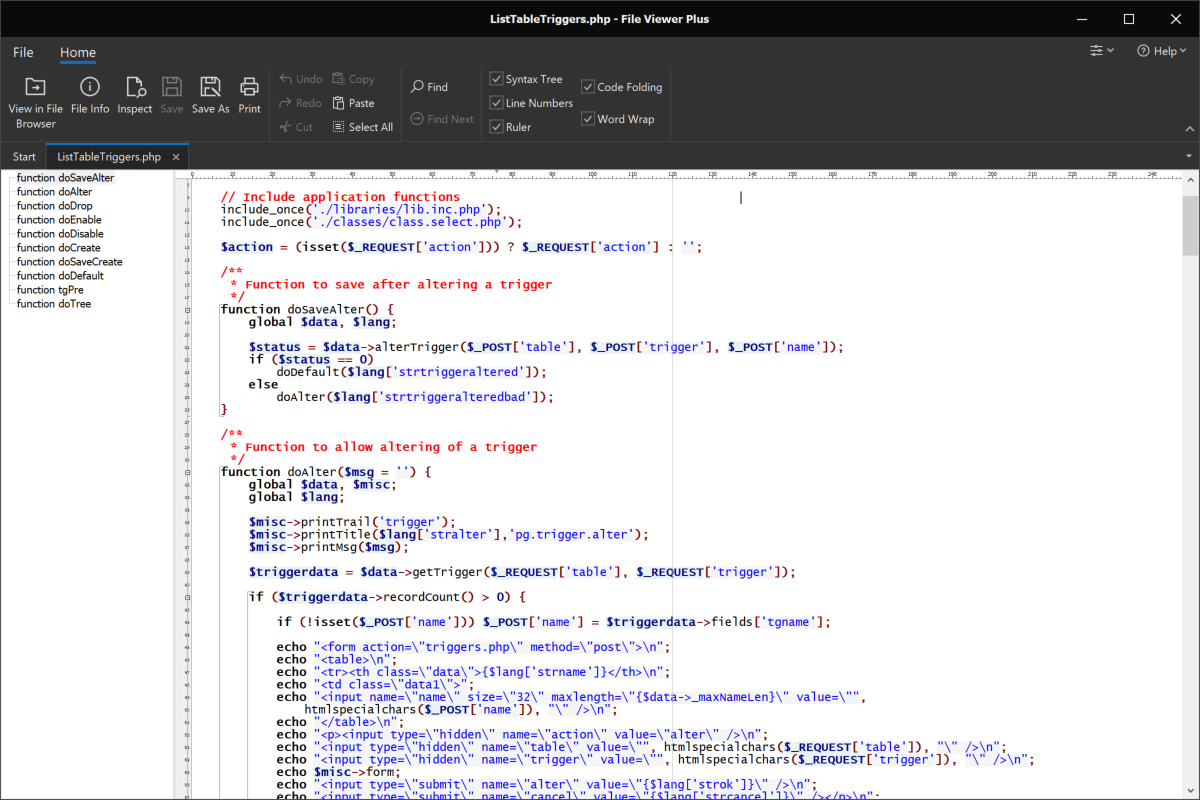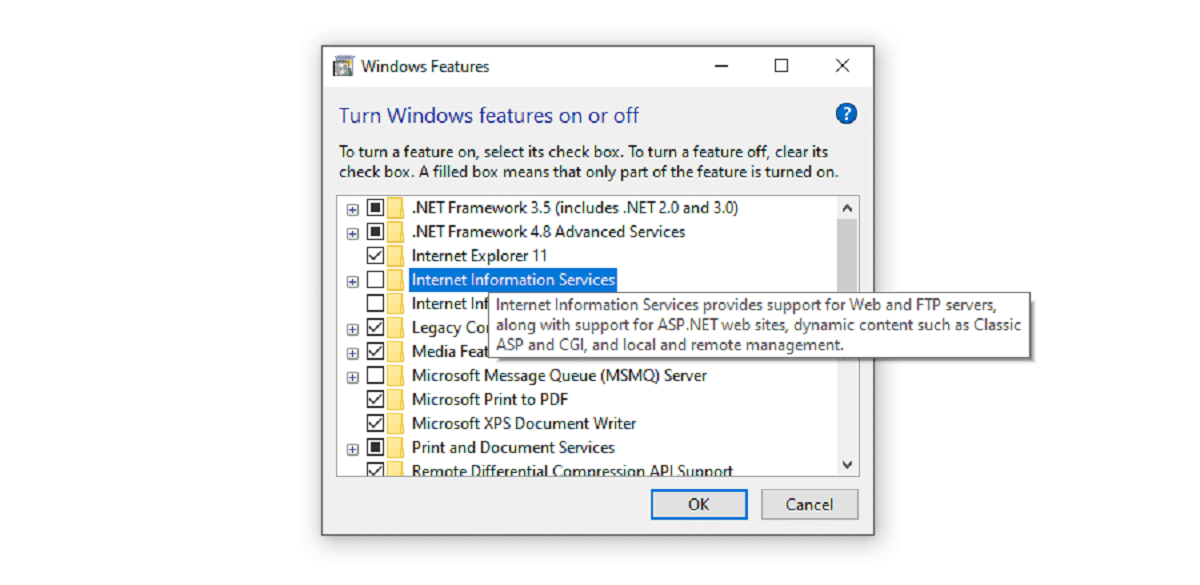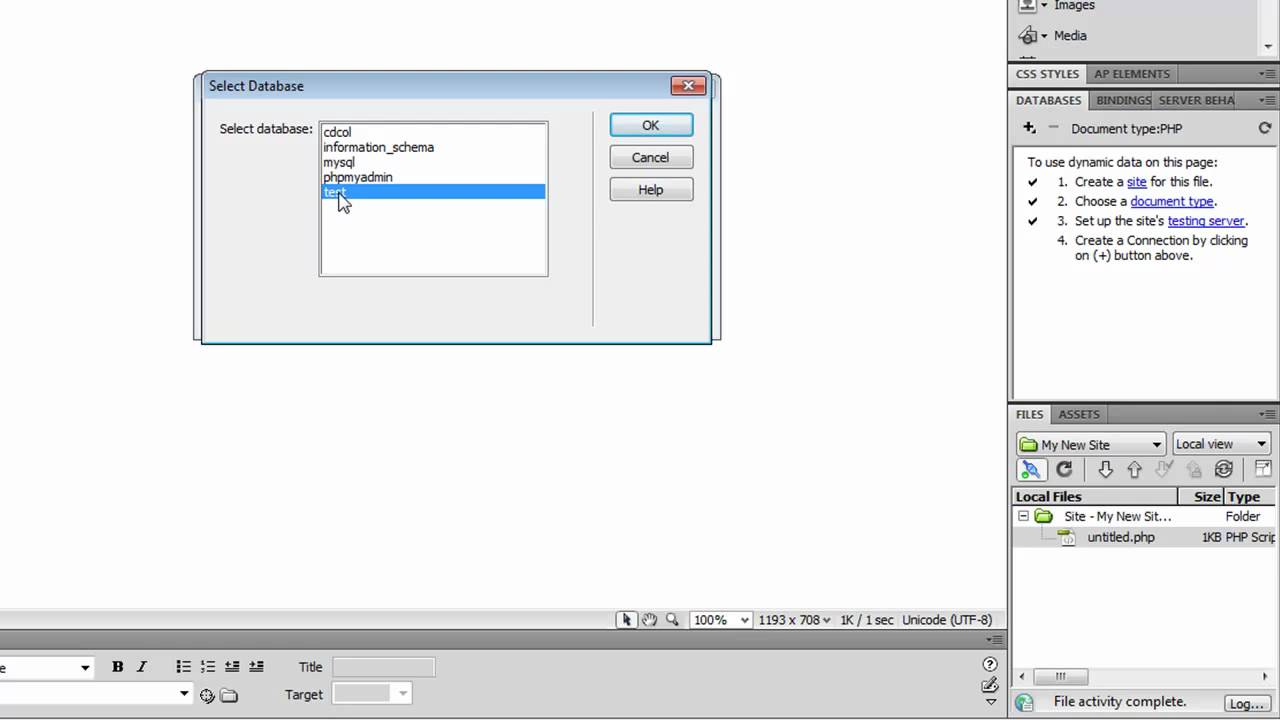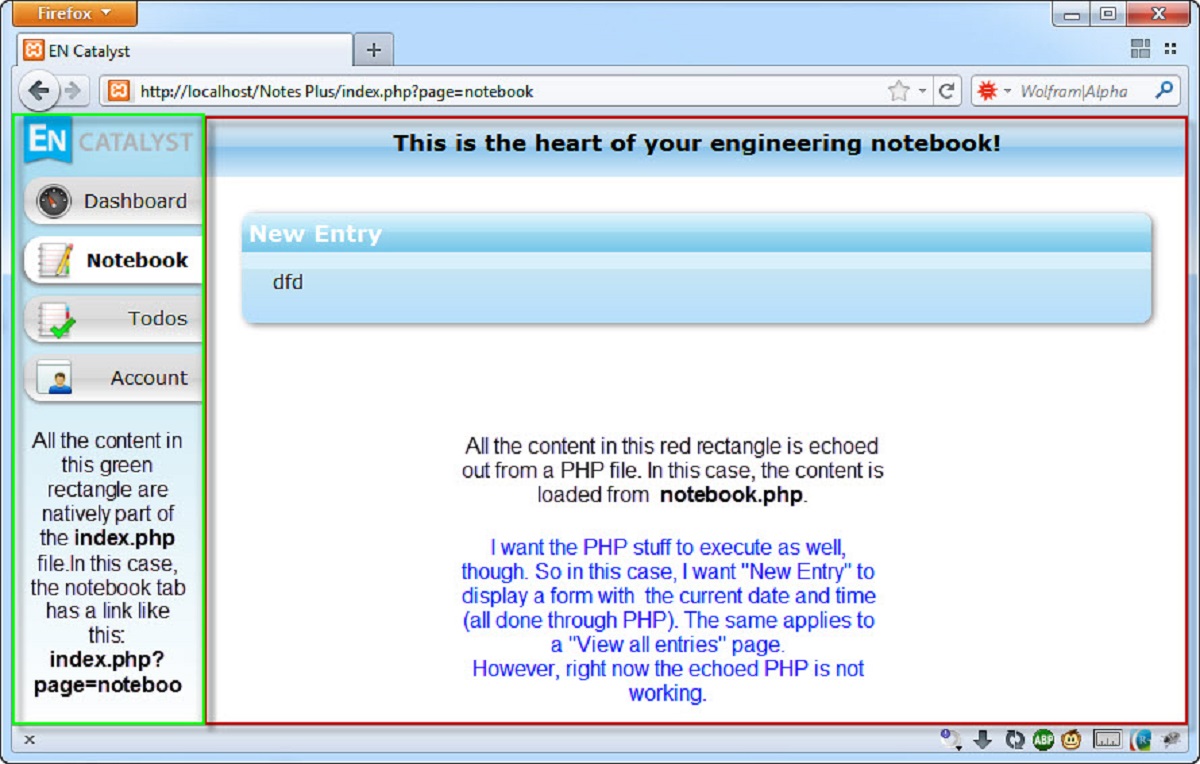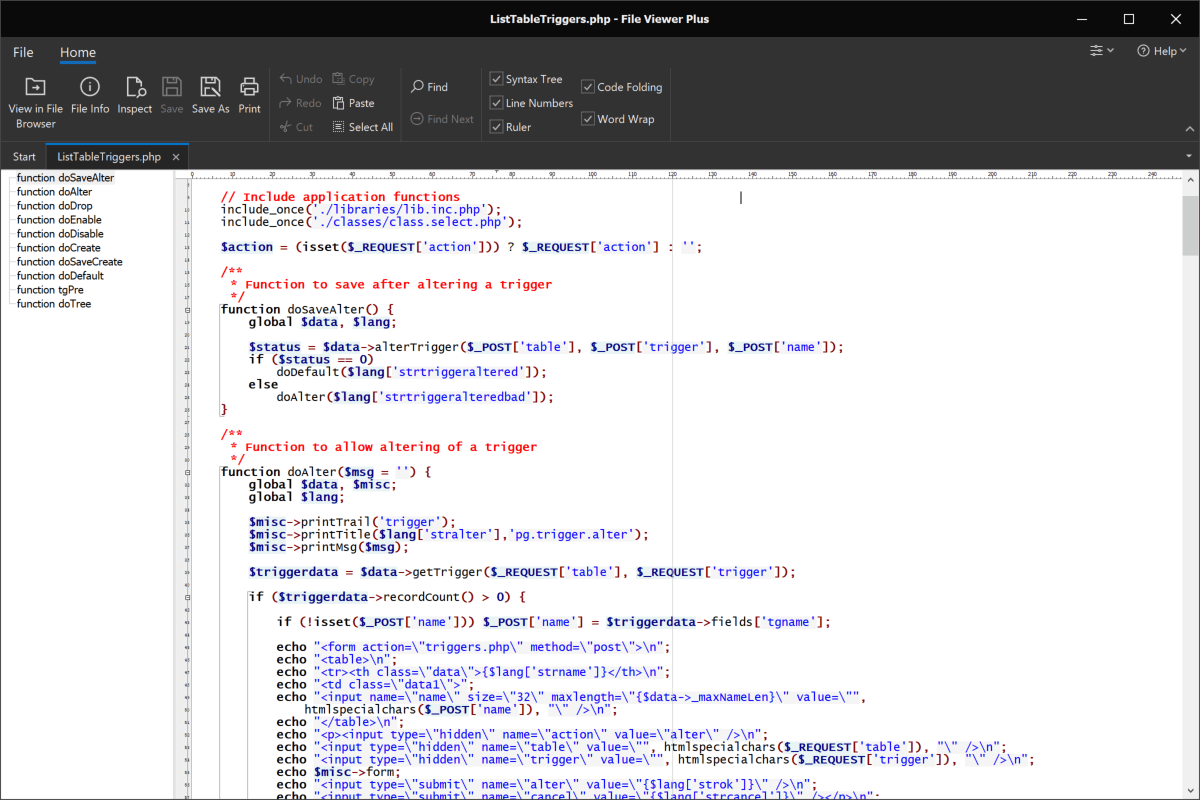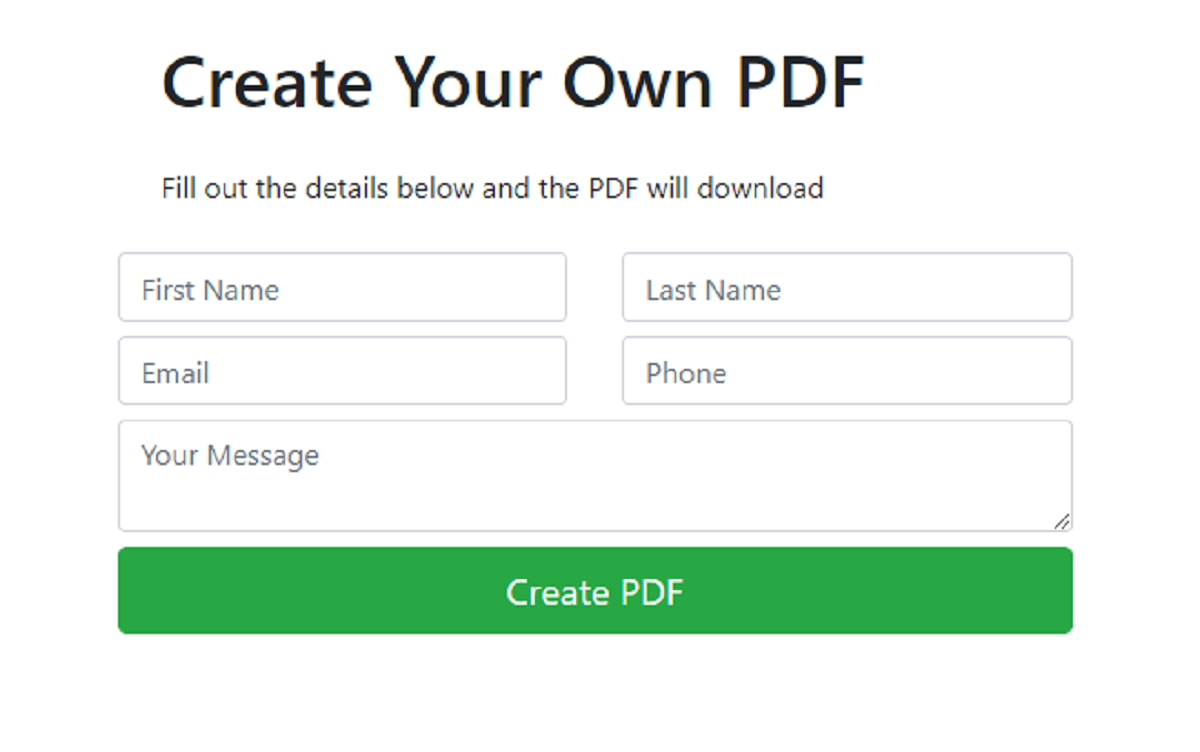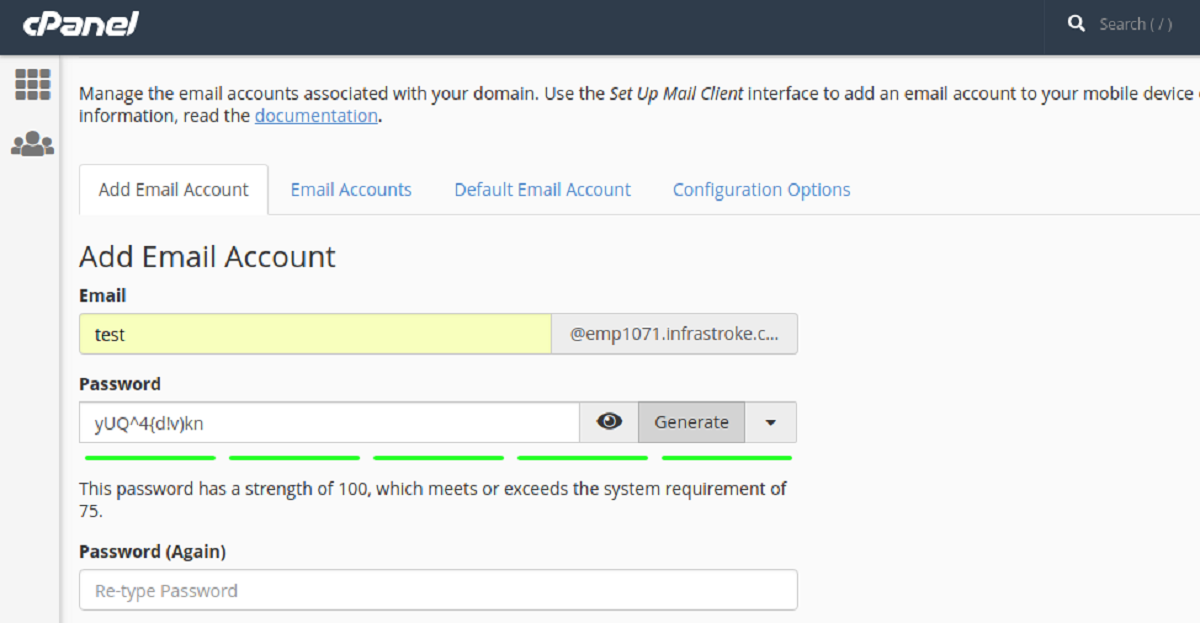Introduction:
A PHP file is a file that contains PHP (Hypertext Preprocessor) code, which is primarily used for developing dynamic websites and web applications. PHP files can include HTML, CSS, JavaScript, and other programming languages, allowing for seamless integration of server-side processing with client-side functionality.
Opening a PHP file is essential for developers and webmasters who need to make changes or maintain PHP-based websites. In this article, we will guide you on how to open PHP files on different operating systems and recommend some code editors that can enhance your PHP development experience.
Whether you’re using Windows, Mac, or Linux, we’ll provide step-by-step instructions to help you effortlessly access PHP files. We’ll also cover common errors that you might encounter and provide troubleshooting tips to resolve them.
So, without further ado, let’s dive into the world of PHP files and explore how you can open them on your preferred operating system.
What is a PHP File?
A PHP file is a file that contains PHP (Hypertext Preprocessor) code. PHP is a server-side scripting language, which means that it is executed on the server and generates dynamic web pages. PHP files can also include HTML, CSS, JavaScript, and other programming languages, making them versatile and powerful for web development.
PHP files are commonly used in websites and web applications to perform a wide range of tasks. They can retrieve data from databases, process form submissions, generate dynamic content, handle file uploads, and much more.
One of the advantages of using PHP files is their ability to interact with a database. PHP supports various database systems, such as MySQL, PostgreSQL, Oracle, and SQLite, allowing developers to store and retrieve data efficiently.
To create a PHP file, you’ll need a text editor or an integrated development environment (IDE). Text editors like Notepad++ or Sublime Text are lightweight and easy to use, while IDEs like PhpStorm or Visual Studio Code provide advanced features for PHP development, such as code autocompletion, debugging, and version control integration.
PHP files have a .php file extension, which helps web servers identify them as PHP scripts. When a user requests a PHP file from a web server, the server processes the PHP code and generates HTML output that is sent back to the user’s web browser.
With PHP files, you have the flexibility to mix server-side code with HTML markup and other languages, allowing you to create dynamic and interactive web pages. PHP is a widely adopted language and is supported by most web hosting providers, making it accessible to developers around the world.
Now that you have a basic understanding of what a PHP file is, let’s explore how you can open and work with PHP files on different operating systems.
Opening a PHP File on Windows
Windows provides several options for opening and editing PHP files. Here are three common methods:
- Text Editor: Windows includes a basic text editor, Notepad, which you can use to open PHP files. Right-click on the PHP file, select “Open with,” and choose Notepad. However, Notepad lacks advanced features specifically tailored for coding, so you might want to consider using a dedicated code editor instead.
- Integrated Development Environment (IDE): There are numerous IDEs available for PHP development on Windows. Popular choices include PhpStorm, Visual Studio Code, and Sublime Text. These IDEs provide features like syntax highlighting, code completion, and debugging tools to enhance your coding experience.
- Local Server Environment: If you’re working on a PHP-based website or web application, it’s beneficial to set up a local server environment like XAMPP or WampServer on your Windows machine. These server environments allow you to run PHP files locally and test your code before deploying it to a live server.
To open a PHP file using a text editor or IDE, right-click on the file, select “Open with,” and choose your preferred editor from the list. Alternatively, you can open the editor and navigate to the PHP file using the File menu or by dragging the file into the editor’s interface.
If you’re using a local server environment, you can place your PHP files in the designated folder (e.g., htdocs in XAMPP) and access them through a web browser by typing “localhost” followed by the file path in the URL bar.
Remember to save your changes after editing the PHP file. The modifications will be reflected when you revisit the file through the web browser or run it on the local server.
Opening PHP files on Windows is straightforward and offers flexibility with various text editors, IDEs, and local server environments. Choose the method that suits your needs and preferences to start working with PHP files on Windows.
Opening a PHP File on Mac
If you’re using a Mac, there are multiple ways to open and edit PHP files. Below are three common methods:
- Text Editor: Mac comes with a built-in text editor called TextEdit, which can be used to open PHP files. However, TextEdit is primarily designed for plain text editing and may not provide the advanced features required for PHP development. For a more robust experience, consider using a dedicated code editor or integrated development environment (IDE).
- Integrated Development Environment (IDE): Mac users have a wide range of IDE options for PHP development. Popular choices include PhpStorm, Visual Studio Code, and Sublime Text. These IDEs offer features like syntax highlighting, code completion, and debugging capabilities, making them ideal for PHP development projects.
- Local Server Environment: Setting up a local server environment, such as MAMP or XAMPP, on your Mac is highly recommended for PHP development. These server environments provide the necessary tools to run PHP files locally and test your code before deploying it to a live server.
To open a PHP file using TextEdit, simply right-click on the file, select “Open With,” and choose TextEdit from the dropdown menu. The PHP file will open in TextEdit, allowing you to make changes as needed. However, keep in mind that TextEdit may not offer advanced features specifically tailored for coding, so a dedicated code editor or IDE is preferable.
If you’re using an IDE, open it and navigate to the PHP file using the File menu or by dragging the file into the editor’s interface. This will allow you to view and edit the PHP file using the advanced features provided by the IDE.
If you have a local server environment set up, place your PHP files in the designated folder (e.g., htdocs in MAMP) and access them through a web browser by typing “localhost” followed by the file path in the URL bar.
Remember to save your changes after editing the PHP file. The modifications will be reflected when you revisit the file through the web browser or run it on the local server.
Opening PHP files on a Mac is convenient with options like TextEdit, dedicated code editors, and local server environments. Select the method that suits your needs and preferences to start working with PHP files on your Mac system.
Opening a PHP File on Linux
Linux provides several options for opening and editing PHP files. Here are three common methods:
- Text Editor: Linux distributions typically come with a variety of text editors, such as Nano, Vim, and Gedit. You can use any of these text editors to open and edit PHP files. Simply open the terminal, navigate to the directory containing the PHP file, and use the command “
nano filename.php” or “vim filename.php” to open the file in the respective text editor. - Integrated Development Environment (IDE): Linux users have access to a range of PHP IDEs, including PhpStorm, Visual Studio Code, and Sublime Text. These IDEs provide advanced features like syntax highlighting, code completion, and debugging tools, making them ideal for PHP development on Linux.
- Local Server Environment: Setting up a local server environment on Linux, such as XAMPP or LAMP (Linux, Apache, MySQL, PHP), is highly recommended for PHP development. These server environments allow you to run PHP files locally and test your code before deploying it to a live server.
If you prefer using a text editor, open the terminal, navigate to the directory where the PHP file is located, and use a command-line text editor like Nano or Vim to open the file. Once the file is open, you can make any necessary changes to the PHP code.
If you’re using an IDE, open it and navigate to the PHP file using the File menu or by dragging the file into the IDE’s interface. This will enable you to view and edit the PHP file using the advanced features provided by the IDE.
If you have a local server environment set up, place your PHP files in the designated folder (e.g., htdocs in XAMPP or the default Apache web directory in LAMP) and access them through a web browser by typing “localhost” followed by the file path in the URL bar.
Once you have made changes to the PHP file, ensure that you save the file in your text editor or IDE. The changes will be reflected when you revisit the file through the web browser or run it on the local server.
Opening PHP files on Linux is straightforward with the availability of various text editors, IDEs, and local server environments. Select the method that suits your preferences and needs to start working with PHP files on your Linux system.
Opening a PHP File in a Code Editor
Opening a PHP file in a dedicated code editor provides a more streamlined and efficient development experience. Code editors offer advanced features specifically designed for coding, making them ideal for working with PHP files. Here’s how to open a PHP file in a code editor:
- Choose a Code Editor: There are several popular code editors available, such as PhpStorm, Visual Studio Code, Sublime Text, and Atom. Choose the one that best suits your preferences and requirements. These code editors offer features like syntax highlighting, code completion, error checking, and debugging tools that enhance productivity and make working with PHP files a breeze.
- Download and Install: Visit the official website of the code editor you’ve chosen and follow the provided instructions to download and install it on your computer. Make sure to download the version that is compatible with your operating system.
- Open the Code Editor: After installation, launch the code editor from your computer’s applications or programs menu.
- Open the PHP File: Once the code editor is open, you can either navigate to the PHP file through the editor’s interface using the File menu or drag the PHP file directly into the code editor.
- Edit and Save: The PHP file will now be displayed in the code editor’s interface, ready for you to make changes. Edit the PHP code as required, taking advantage of features like syntax highlighting to improve readability. Remember to save your changes regularly to ensure that they are preserved.
Opening a PHP file in a code editor provides a feature-rich environment that simplifies PHP development. These editors offer advanced functionality, including code completion, error detection, and debugging options, which can significantly improve your workflow and productivity.
By opening PHP files in a dedicated code editor, you can take full advantage of the editor’s capabilities and tailor your development environment to suit your needs. Whether it’s PhpStorm, Visual Studio Code, Sublime Text, or Atom, find the code editor that aligns with your preferences and start editing PHP files with efficiency and ease.
Common Errors and Troubleshooting
Working with PHP files may sometimes lead to encountering errors or issues. It’s important to be aware of common errors and have troubleshooting strategies in place to resolve them. Here are some common PHP file errors and their possible solutions:
- Parse Error: This occurs when there is a syntax error in the PHP code, causing the interpreter to fail in parsing the code. The error message typically points to the line where the error occurred. To fix this, carefully review the code around the mentioned line, check for missing or misplaced brackets, semicolons, or quotes, and correct any syntax errors.
- Undefined Variable: If you reference a variable that has not been defined or initialized, you will encounter an “Undefined variable” error. To resolve this, make sure to declare and initialize the variable before using it in the PHP code.
- Function Not Found: If you receive a “Function not found” error, it means that the function you’re trying to call doesn’t exist or is not accessible. Ensure that the function is included in your code or in a required file, and that the file is correctly included in your PHP file.
- File Not Found: If you encounter a “File not found” error, double-check the file path specified in your PHP code. Verify that the file exists in the specified location and that the path is accurate. Additionally, ensure that you have the necessary file permissions to access and read the file.
- Database Connection Error: When working with databases, it is common to encounter connection errors. Make sure to check the database credentials specified in your PHP code, including the database hostname, username, password, and database name. Ensure that the database server is running and accessible, and that the specified credentials are correct.
When troubleshooting these errors, it’s helpful to use a debugging tool or enable error reporting in your PHP configuration. Additionally, reviewing error logs can provide insight into the cause of the error.
Remember to save your PHP files after making any changes to the code, and always test your code in a controlled environment to identify and fix errors before deploying to a production environment.
By being aware of these common errors and following the troubleshooting tips provided, you can effectively resolve issues when working with PHP files and ensure the smooth execution of your PHP-based websites and applications.
Conclusion
Opening and working with PHP files is crucial for developers and webmasters who want to create dynamic websites and web applications. Whether you’re using Windows, Mac, or Linux, there are various methods to open and edit PHP files.
On Windows, you can use basic text editors like Notepad or opt for more feature-rich IDEs like PhpStorm or Visual Studio Code. Setting up a local server environment can further enhance your PHP development experience.
Mac users can open PHP files using TextEdit or choose from a range of IDEs available. Similar to Windows, setting up a local server environment is recommended for efficient PHP development on macOS.
Linux users have the flexibility to utilize text editors like Nano or Vim, or go for popular IDEs like PhpStorm or Visual Studio Code. Creating a local server environment, such as XAMPP or LAMP, facilitates PHP development.
In addition to the operating system-specific methods, opening PHP files in a dedicated code editor provides an optimized environment for PHP development, with features like code completion, error checking, and debugging tools.
Throughout the process of opening and editing PHP files, it’s important to be aware of common errors and know how to troubleshoot them. By diligently reviewing code for syntax errors, handling undefined variables, ensuring the existence of required functions and files, and resolving database connection issues, you can overcome common hurdles in PHP development.
Remember to save your PHP files after making changes, and use tools like debugging and error reporting to identify and fix issues in your code. Testing your PHP files in a controlled environment before deploying them to a live server is also advised.
Whether you’re a beginner learning PHP or an experienced developer, these guidelines will help you confidently open, edit, and manage PHP files, enabling you to create dynamic and powerful web applications.







